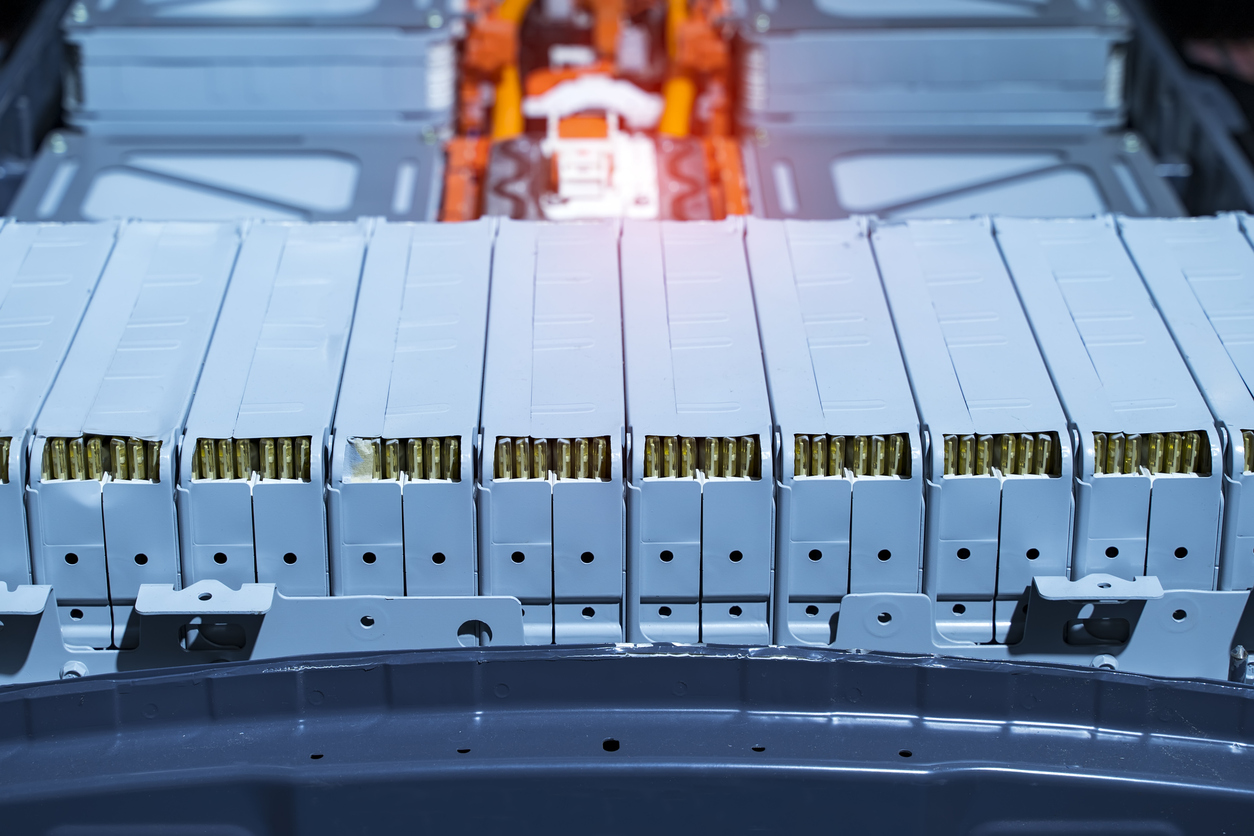
The world’s top lithium producer is about to get even bigger, as Albemarle (NYSE:ALB) is buying Chinese company Guangxi Tianyuan New Energy Materials. The $200 million dollar deal will further cement Albemarle’s position as the number one lithium producer in the world and increase production.
Albemarle is getting an important asset at a very critical time. Lithium is becoming more important than ever with the rise of battery technology at the forefront of the economy. Founded in 2017, Guangxi Tianyuan New Energy Materials has a recently constructed lithium processing plant in Guangxi. The plant is close to the port of Qinzhou, making it strategically accessible for the company to export its product.
The project is not operational yet, but it is in the commissioning stage. Albemarle said it hopes to bring the project online for commercial production in the first half of next year. The plant has a capacity o f25,000 tonnes of lithium carbonate equivalent (LCE) and can produce the battery-grade lithium carbonate and lithium hydroxide that is so valuable in today’s modern economy.
Plants like these will form a strategic part of Albemarle’s strategy going forward as it strengthens its position in this particular corner of the market.
At the same time, the company is increasing the production of the critical material for which prices are rising rapidly. Earlier in September, lithium prices skyrocketed to their highest level in the pat three years. Optimism about EVs and record electric vehicle sales around the world have depleted lithium stocks in China, which is the top consumer of the material.
According to a report by Benchmark Mineral Intelligence (BMI) demand for lithium could jump 26.1% in just five years from approximately 100,000 tonnes of LCE to 450,000 LCE, creating a production deficit of 10,000 tonnes in the process. That is a very short timeline for this shift, and companies are scrambling to keep up.
Albemarle, as the leader in production, produced lithium from salt brine deposits in Chile and the United States and has hard rock joint venture mines in Australia. A deal like this one will surely further cement the company’s position as a critical lithium producer.
A Second Challenge to Face
The lithium market will also need to adapt to new environmental standards, as recycling for materials and batteries generally becomes more widely adopted.
As electric vehicles become more widespread, the market for battery recycling will grow. Most components of lithium-ion batteries can be recycled but the cost of material recovery remains a problem for the industry. The US Department of Energy supports the Lithium-Ion Battery Recycling Award to find solutions for the collection, separation, storing, transportation, dispensing, and discarding of lithium-ion batteries for subsequent recycling.
American battery technology companies in Nevada that mine and process lithium use it in their own production processes and sell the other materials. Brunp Reycling, a subsidiary of CATL, the world’s largest manufacturer of electric batteries, operates a dozen hydrometallurgical recycling plants in China. The company says it recycles 120,000 tonnes of old batteries a year, which is half of China’s current annual battery recycling capacity.
Lithium stocks are riding a wave of demand for the metal, drowning in a deluge of new offerings coming onto the market. Worldwide battery capacity is currently around 455 GWh with the average lithium-ion battery system at 79 GWh.3 Battery manufacturers are planning massive capacity expansions in the next decade, with an estimated production of 2,450 GWh by 2029 enough to supply 49 million electric vehicles annually.4 Looking ahead, 49 million cars will account for 65% of global automotive sales in 2019.
How Does it Work?
Lithium is the main active material in rechargeable batteries for electric cars. It occurs in rocks and clay deposits as a solid mineral that dissolves into brine.
Tesla drew attention to the raw materials needed to produce batteries for electric vehicles by signing a sales contract with Piedmont Lithium to secure a third startup production for 10 years even though its mines are not yet in operation.
The key type of new battery technology will be solid-state lithium batteries, which companies like Albemarle produce lithium for. Solid-state lithium batteries use a solid material instead of combustible gels.
Natalie Scott Gray, the senior metals analyst at the StoneX Financial Services firm, said the market for rechargeable batteries had increased fivefold in the past 20 years. The lithium market is still relatively small, said Andrew Miller, product director at Benchmark Mineral Intelligence, a price-awareness agency that specializes in the lithium-ion battery market.
Before the Turn of the Millenium
The revolution in lithium-ion batteries began in the early 1990s when Sony and several other companies started commercial versions of lithium-ion batteries. Lithium-ion batteries are now the standard choice for most household electronic devices and appliances and electric cars because of their higher energy density than other technologies. Industry analysts expect the price of electric vehicles (EVs) to be equal to combustion engine vehicles by 2025, with convergent costs for batteries to fall even further.
With millions of electric vehicles already driving on roads and an increasing number of countries around the world focused on the growing volume of electric vehicle sales, we can expect strong growth in demand for lithium-ion batteries. Since lithium-ion batteries are the dominant choice for many applications, especially electric vehicles, the question of the global supply of lithium is timely and important for investors.
Lithium-ion batteries are used in most portable consumer electronics as well, such as mobile phones and laptops because they contain high energy per mass unit compared to other electrical energy storage devices.



 Follow us on Twitter
Follow us on Twitter Become our facebook fan
Become our facebook fan











Comments are closed.